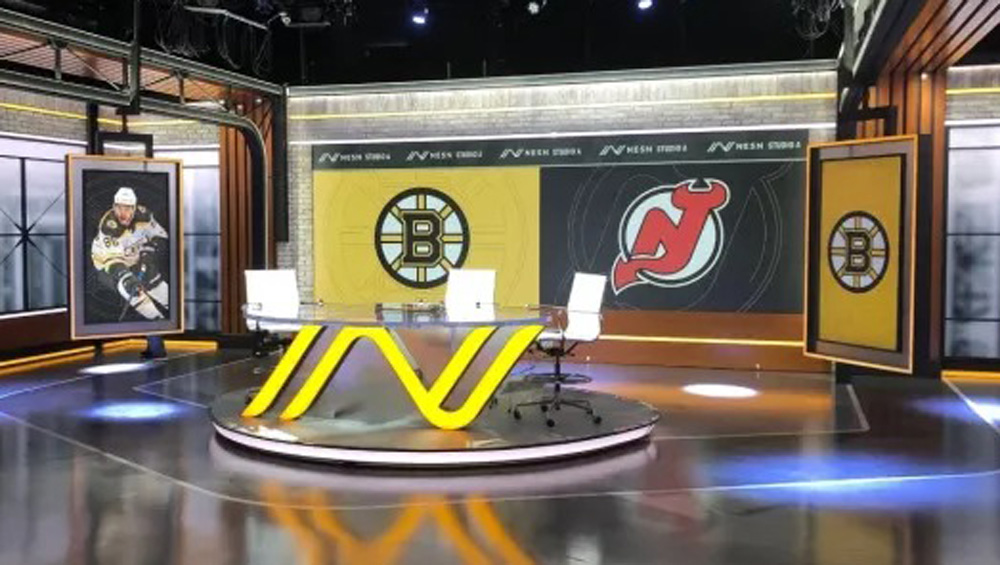
For RSNs, OTT Channels Must Be Just A First Step


Mary Collins
In June, two new OTT regional sports services launched. First up was NESN 360, New England Sports Network’s streaming service featuring the Boston Red Sox and the Boston Bruins. It retails for $29.99 per month or $329.99 for the first year (which includes a $1 charge for the first month).
At the end of June, Sinclair’s Bally Sports+ streaming app had a soft launch in five markets. The company is offering a $19.99 per month service ($189.99 annually) in local markets serving fans of the Kansas City Royals, Detroit Tigers, Miami Marlins, Milwaukee Brewers and Tampa Bay Rays.
As baseball legend Yogi Berra would say, “It’s déjà vu all over again.” In the 1970s and early 1980s, local professional sports team owners got together to create local premium sports channels. Consumers paid about $10 per month and the teams split the revenue with the local distributor, typically a cable operator.
The problem was the ROI. Sporting events were, and continue to be, expensive to produce. Costs include those for the remote production equipment; payroll for the tech crew, management and the program hosts; and the distribution charges to get the program to the cable operator. Since sports channels featured niche content and were later additions to the distributors’ programming offerings (after premium channels such as HBO, Cinemax, Showtime and The Disney Channel), they never achieved universal penetration. In my experience, no more than one-third of potential subscribers ever added the service to their cable package.
Cable operators also had expenses to pay out of their share of the subscriber fee. In addition to local marketing and customer service expenses as well as capital outlays related to receiving and distributing the channel, the available technology meant that each connection or disconnection involved a “truck roll.” An employee in a company vehicle had to physically go to the residence to add or subtract the service. As you can imagine, customers would sign up for the service when they were interested in the teams playing and disconnect when they weren’t following the sports or contenders featured.
On top of that, since only subscribing households could receive the programming, potential ad sales revenues — for both the channel and its distributors — were depressed.
That’s why the mid-’80s saw a couple of changes in the business model for regional sports networks (RSNs). First was the move toward national professional management organizations. Chuck Dolan’s Rainbow Programming bought up rights for channels in many of the markets that had been managed by local partnerships. (Most of these were then sold to Fox in the 1990s.)
This was also when the industry began shifting RSNs to the standard cable package. All parties benefited from the move. The teams were assured of a greater presence in their markets (in addition to what I assume were increased rights fees), while the channels and the cable operators benefited from both a more stable revenue stream and a larger audience to sell to advertising clients.
Consumers complained about increasing cable subscription fees but generally put up with the situation because the overall cable package provided value. The FCC got involved and issued new rules around cable subscription prices. Overall, the situation remained as it was because there was no economically viable way to for households to purchase only the channels they wanted to watch.
That’s all changed now. Advances in internet technology are giving consumers more options for video content subscriptions.
This leads us back to the present moment and the launch of the new direct-to-consumer (DTC) RSNs. To be economically viable, they have to be additive and not imagined as replacements for current distribution channels. The technology may have changed, but the costs of producing and distributing live sporting events have not. Additionally, advertisers still want larger, not smaller, audiences for the messages.
Cord cutting continues to affect multichannel video program distributors (MVPDs) which means RSNs are losing subscription and advertising revenues from their linear channels. Leichtman Research Group estimates that the major U.S. pay television providers lost about two million subscribers in the first quarter of 2022. The company calculates pay television to be in just over 74 million U.S. households. This total includes 7.4 million customers who subscribe to Hulu+ Live TV, Sling TV and fuboTV, none of which currently offer RSN programming.
Most of the recent DTC RSN coverage has focused on the Sinclair launches, so I am going to confine my thoughts to Bally Sports+. Last fall, when Sinclair first announced plans to add streaming RSNs, Major League Baseball (MLB) commissioner Rob Manfred said that the company did not have the rights to stream games, nor could they include sports betting as part of the service. The latter surely must be important to Sinclair’s RSN partner, Bally’s Corporation, which describes itself as “a global casino-entertainment company with a growing omni-channel presence of Online Sports Betting and iGaming offerings.”
June’s Bally Sports+ soft launch in five markets, combined with the understanding that it is the league, not the individual teams, that awards streaming rights, leads me to speculate that MLB’s stance has softened a bit. Clearly RSNs are losing traditional subscribers with each cut of the cord. In addition, as Sinclair’s Rob Weisbord has been quoted as saying, younger generations, who are now forming households, have come to expect interactivity.
A video games-type experience is easier to achieve in the OTT and app world than it is with linear television. And being able to link to a Bally Sports app that is not integrated into the channel, while not ideal, is a step toward diversifying revenues to include those from gambling.
The point is that an OTT channel or app is only part of the solution. The increasingly fragmented video viewing landscape means that content providers need to meet their customers where they are, whether it’s in traditional MVPD packages or in streaming bundles. Content providers must keep in mind the lessons learned in the 1980s; working together increases profits for all. Sports as part of a programming package provides more value than standalone sports channels.
As I said in my May 18 column, what Evan Shapiro calls the “trillion-dollar Death Stars,” the biggest media companies including Alphabet, Amazon, Apple, Meta, Microsoft and others, have the resources to pull traditional programmers out of orbit. Just last week, Variety reported that NFL commissioner Roger Goodell believes the NFL “Sunday Ticket” package will be moving from DirecTV to a streaming service — likely Amazon, Apple or Disney. Clearly wider distribution of the games will be an advantage for the NFL. It may also make that service more attractive to consumers. Could regional sports packages be the next step?
Media companies cannot wait to unite stakeholders and diversify their revenues to grow their business. In the case of RSNs, launching OTT services and adding interactive features is only the beginning. Management must also consider the lessons of the past and find ways to make the programming available in as many ways, and in as many packages, as possible. Distribution agreements with Hulu+ Live TV, Sling TV and fuboTV must be on RSNs’ to-do list. It may even be time to team up with a Death Star.
Former president and CEO of the Media Financial Management Association and its BCCA subsidiary, Mary M. Collins is a change agent, entrepreneur and senior management executive. She can be reached at [email protected].
































Comments (0)